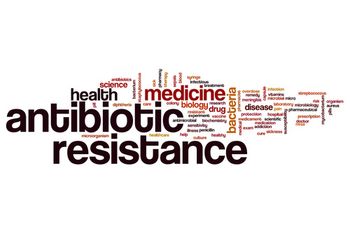
The World Health Organization (WHO) released its first report on antibiotic resistance surveillance data.

The World Health Organization (WHO) released its first report on antibiotic resistance surveillance data.

We've compiled a list of the latest US Food and Drug Administration (FDA) recalls posted this week that you should know about.

How many of those who recovered from WWI-associated infections had residual neurological impairments that increased their risk for violence?

Researchers are investigating outbreaks of Shiga toxin-producing E. coli in the United States and Canada, which may be linked to contaminated romaine lettuce.
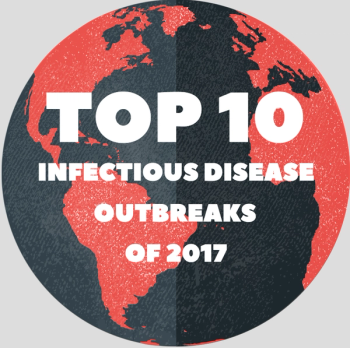
We’ve rounded up the 10 biggest infectious disease outbreaks of 2017.
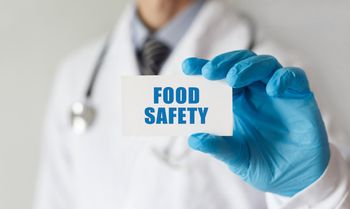
The Interagency Food Safety Analytics Collaboration released a report that sheds light on the types of food that contribute to food-borne illness.

On National Cookie Day, it’s important to remember to avoid consuming any raw baking materials or you'll run the risk of infection.
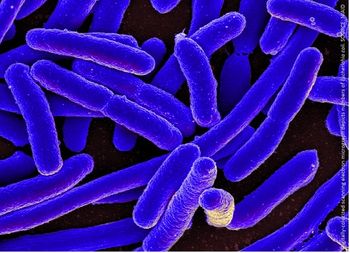
In a new study, researchers have learned more about a toxin produced by an E. coli strain to communicate with neighboring bacteria.

While a new FDA report shows antibiotic resistance remains low among many food-borne bacteria, some pathogens are increasingly showing multidrug resistance.
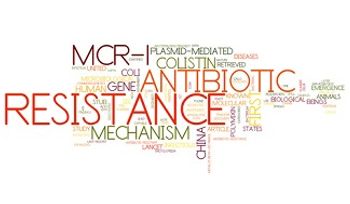
Investigators in China have found that the presence of the MCR-1 gene has increased in humans over a period of 5 years.

James S. Lewis, PharmD, FIDSA, addresses the issues that surround current antibiotic development.
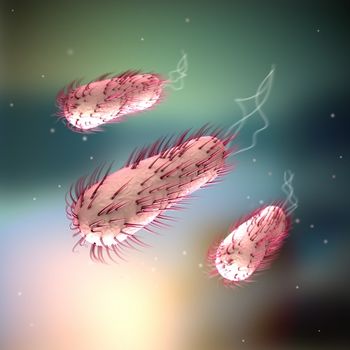
A new antibiotic susceptibility testing device developed by scientists at the National Institute of Standards and Technology could offer doctors a faster way to prescribe the right antibiotic.
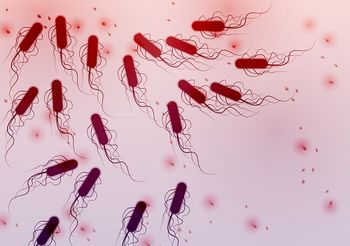
A recent study of Shiga toxin-producing Escherichia coli strains reports a high frequency of STEC antimicrobial resistance to drugs commonly used in human and veterinary medicine.

WHO report confirms that “the world is running out of antibiotics” to treat resistant priority pathogens

To paraphrase Anthelme Brillat-Savarin, “we are what we eat”—Especially when it comes to antimicrobials and food-producing animals.

A new study reports that Escherichia coli (E. coli) bacteria are commandeering copper ions to strengthen bacteria levels in hard-to-treat urinary tract infections (UTIs).

With summer in full swing, the Centers for Disease Control and Prevention offers tips to prevent catching recreational water illnesses from pathogens such as Cryptosporidium, Escherichia coli, Giardia, Shigella, and norovirus.

Data gleaned from a new study suggests that drug-resistant “superbugs” are not necessarily out-competing other strains.

A team of investigators are dedicating their efforts to pinpointing a source of the E. coli outbreak that has sprung up on the Utah-Arizona border.
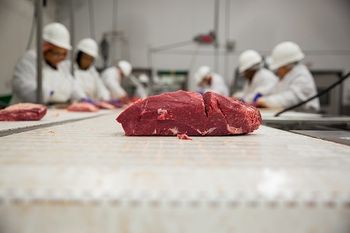
In the recent installment of the series, “We Were There,” the Centers for Disease Control and Prevention share what they have learned since the 1993 Escherichia coli (E. coli) outbreak.
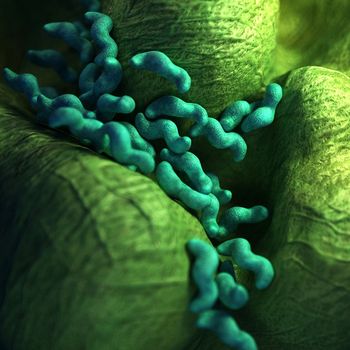
The FoodNet report in the CDC’s most recent MMWR provides insight on food-borne illnesses in 2016.

In case you missed them, here are our top 5 articles for the week of April 9, 2017.

A packaging company in Waco, Texas, has recalled thousands of pounds of brisket out of caution after finding an uncommon strain of Esherichia coli that could cause food poisoning.

This week’s Public Health News Watch highlights initiatives taking place this week in celebration of National Public Health Week, as well as two new pieces of legislation being considered in Congress that could impact food safety in the country and healthcare, in general.

The Los Angeles County Department of Public Health has recently reported that, last year, a local resident was found to have an antibiotic-resistant strain of Escherichia coli with the colistin resistance gene, MCR-1.